Smoked Texas-Style BBQ Beef Ribs Recipe
4.6
Your folders
Your folders
Prep Time: 2905
Cook Time: 948
0Servings: 2.5
Cost: $4.30 /serving
Author : By Meathead GoldwynSmoked Texas-Style BBQ Beef Short Ribs Recipe

Ingredients
Export 1 ingredients for grocery delivery
Instructions
Ingredients1 rack of beef short ribs (from the plate), approximately 4-5 pounds (try to get USDA Choice, USDA Prime, Wagyu, or Certified Angus Beef)1/2 teaspoon Morton's kosher salt per pound after trimming (read more about the science of salt here)Big Bad Beef RubMethod1) Prep. Begin by removing the fat and the very tough silverskin from the top of the meat. All of it. It will not melt and penetrate. No need to remove the membrane from the exposed side of the bones as you do with pork ribs. If you do the meat can fall off. Then cut slabs into individual bones or double bones if they did not come cut up. You can cook them in a slab, but they take a lot longer, and for Texas style, I like to expose more surface to heat to tenderize and develop brown Maillard reaction flavors. I prefer to cut them into two bone sections. Inevitably some bones in a package have little meat and lotta fat. Trim them anyhow and cook them.2) Salt the meat in advance, up to 24 hours. This is called dry brining and it is important for water retention (juiciness) and flavor enhancement. Just before cooking, wet the surface of the meat lightly with water and flavor the meat with my Big Bad Beef Rub. Most commercial rubs are primarily salt: avoid them. While you may be tempted to use my recipe for Meathead's Memphis Dust, don't: it's perfect for pork, but too sweet for beef. Sprinkle the beef rub on the tops and sides, and coat the meat generously.3) If you wish, you can tenderize the meat with a meat tenderizer such as Jaccard. The narrow blades sever long tough strands and do a pretty good job. I normally do not recommend this tool because, if there is contamination on the surface of the meat, the blades can drive the bugs into the center and they will not be killed at 130°F, medium rare. But at 165°F the meat is pasteurized through and through and you will be cooking this cut to more than 200°F.4) Fire up. Setup your cooker for indirect cooking and preheat to 225°F, hot enough to kill bacteria but not too high to evaporate all the moisture.5) Put the meat on the indirect heat side of the grill, bone side down, and add the wood. Oak is traditional in Texas and it makes sense because it is mild, but other woods work fine. I like cherry. As always, go easy on the wood. Too much smoke will ruin the meal. Add no more than 2 to 4 ounces on a tight cooker, double that if it leaks a lot. Put the lid on. You will not need to add more wood and you will not need to turn the meat over.6) How long do I cook beef ribs? Cook bone down all the way. The exact length of the cook depends on variables such as the composition of the meat (each steer is different).1" thick meat should hit 203°F in about 5 hours.1.5" thick meat should hit 203°F in about 7 hours.2" thick meat should hit 203°F in about 10 hours.7) Should I wrap beef ribs? Despite what you may read elsewhere, skip the Texas crutch. Wrapping it in foil or butcher paper can turn it to pot roast.8) Should I sauce beef ribs? If you're going for authentic Texas smoked beef ribs then skip the sauce. A lot of folks like barbecue sauce on everything they grill, but sweet tomato based sauce just clashes with smoky beef. Save it for pork. I serve my beef ribs nekkid. If you must use a sauce, try what they use in Texas, a thin beef stock based sauce, like my Texas Barbecue Mop Sauce.9) Serve. Once the ribs have finished cooking, remove them from the smoker or grill. Many folks like to hold them for an hour or so in a beer cooler (faux cambro) thinking that this helps retaion juice and tenderize, but you can serve them immediately.Video: How to Make Texas-Style Beef Short RibsHere's a video of how our friend Malcom Reed of HowToBBQRight.com cooks beef ribs. Be sure to subscribe to The How To BBQ Right YouTube channel here.Video: Perfect Smoked Short RibsHere's another video from the folks at Slow N Sear making beef ribs. Nutrition Facts0 servings per containerCalories513% Daily Value*Total Fat 45 g70 % Saturated Fat 20 g101 % Trans Fat 3 g Cholesterol 115 mg38 %Sodium 241 mg10 %Total Carbohydrate 2 g1 % Dietary Fiber 0 g1 % Total Sugars 0 g Includes 0 g Added Sugars Protein 24 g48 %Vitamin D --Calcium 18 mg2 %Iron 3 mg14 %Potassium 338 mg7 %*Percent Daily Values are based on a 2,000 calorie diet.
Top similar recipes
Curated for youYour folders

 323 views
323 viewsTexas-Style Smoked Beef Ribs
americastestkitchen.com
4.2
(10)
Your folders
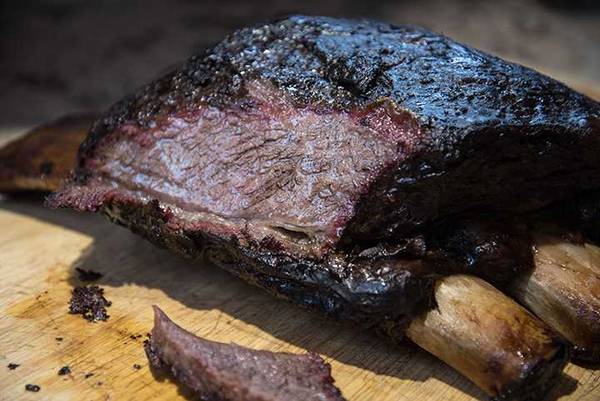
 1479 views
1479 viewsAuthentic Texas-Style Smoked Beef R...
amazingribs.com
4.6
(218)
600 minutes
Your folders

 336 views
336 viewsTexas Style Smoked Beef Short Ribs
smokedbbqsource.com
4.3
(24)
Your folders
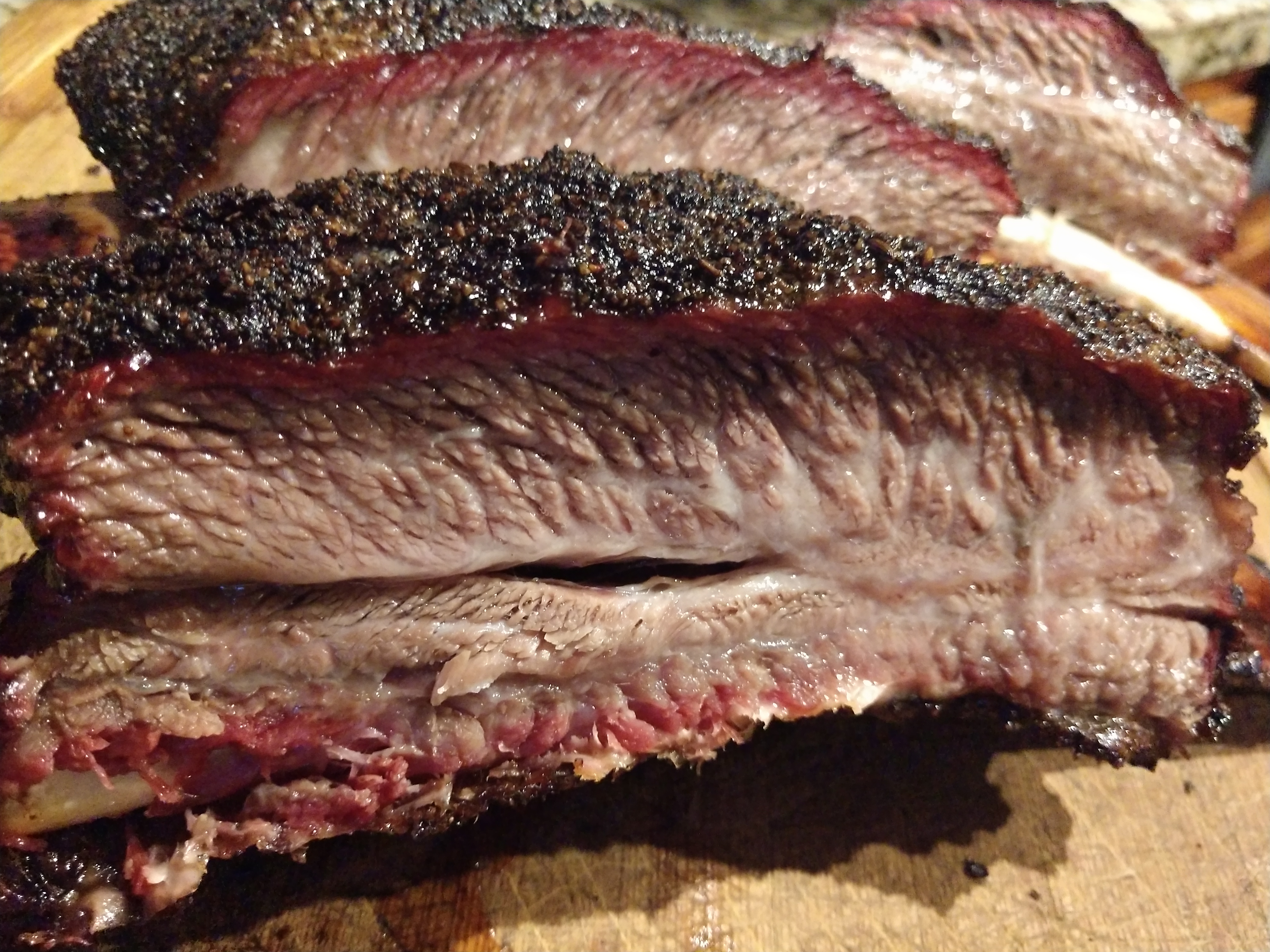
 374 views
374 viewsTexas BBQ Beef Ribs
allrecipes.com
4 hours
Your folders
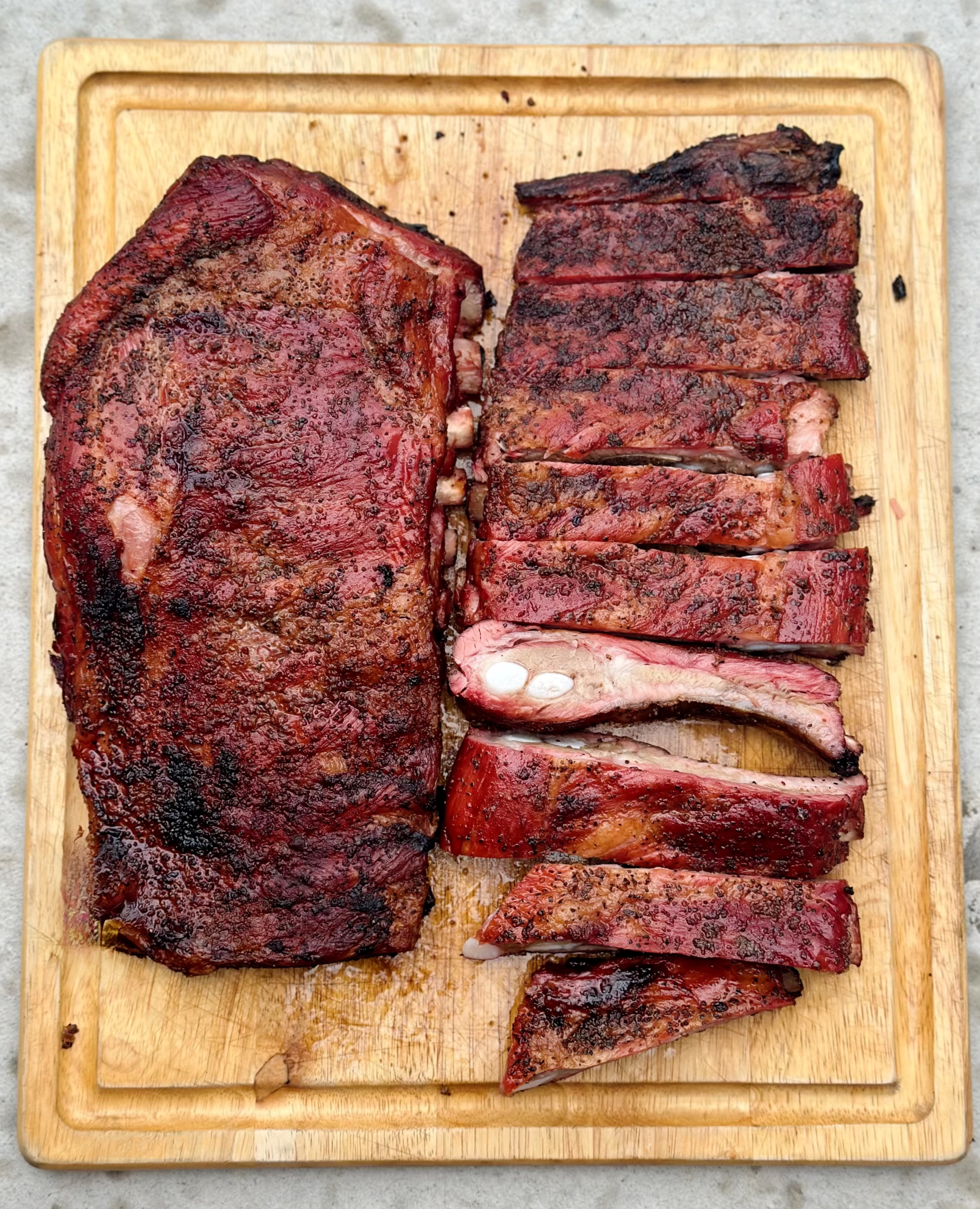
 151 views
151 viewsSmoked Spare Ribs (Texas Style)
learningtosmoke.com
5 hours
Your folders

 372 views
372 viewsBBQ Beef Brisket Recipe And Techniq...
amazingribs.com
4.8
1080
Your folders
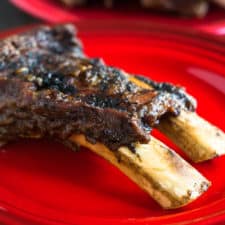
 788 views
788 viewsPressure Cooker Beef Back Ribs Texa...
dadcooksdinner.com
5.0
(2)
45 minutes
Your folders
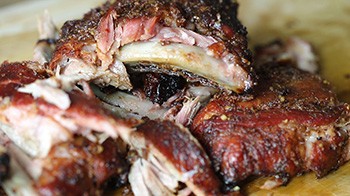
 227 views
227 viewsTexas Smoked Ribs
shop.pitboss-grills.com
5.0
(13)
4 hours
Your folders
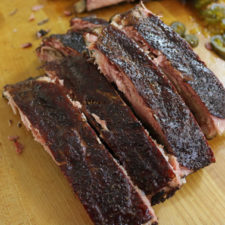
 237 views
237 viewsTexas Style Ribs Recipe
howtobbqright.com
3.2
(42)
Your folders
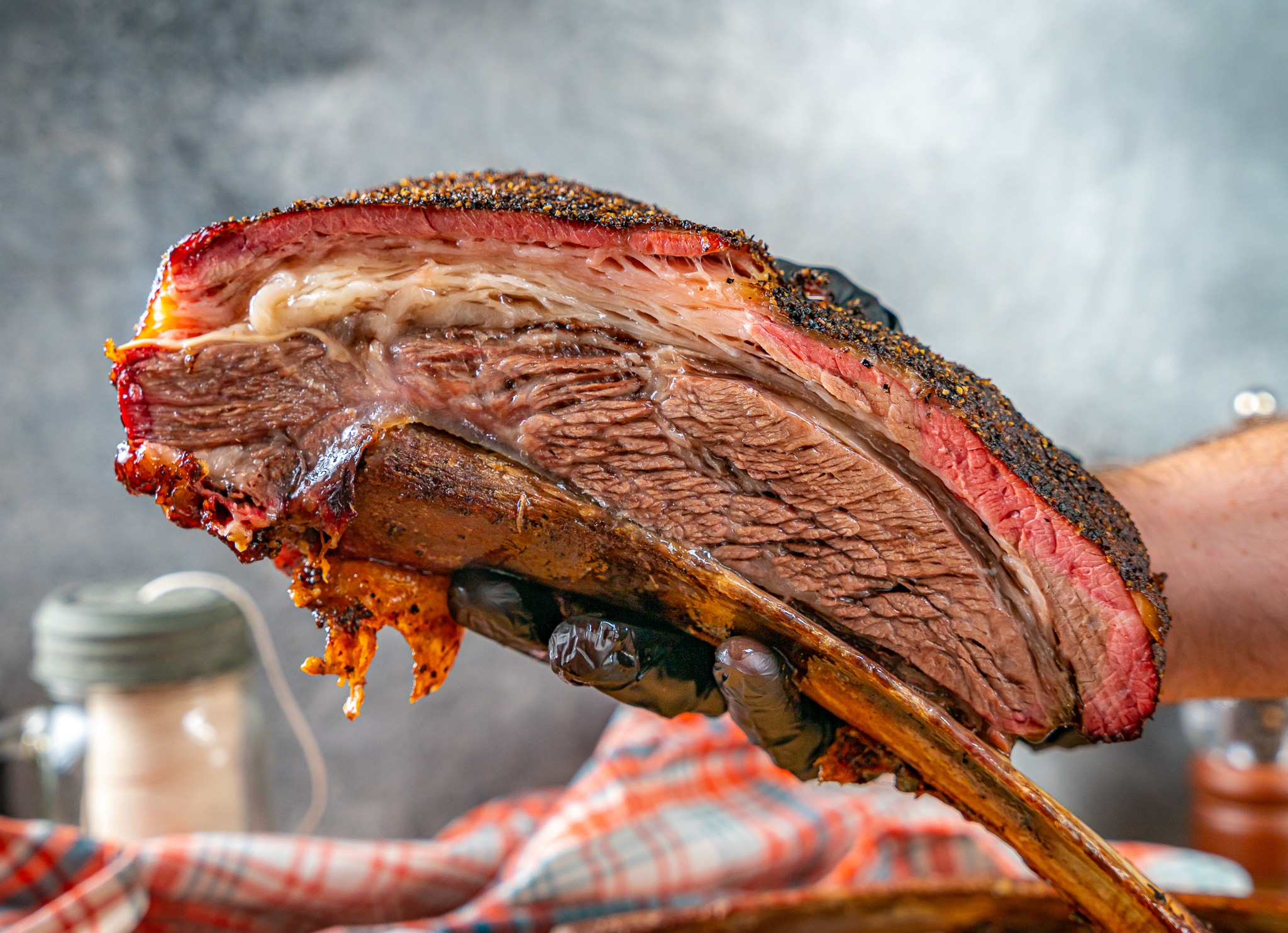
 350 views
350 viewsTexas Style Beef Plate Ribs
grilling24x7.com
480 minutes
Your folders

 2216 views
2216 viewsTexas Style Smoked Beef Brisket
heygrillhey.com
900 minutes
Your folders
 81 views
81 viewsTexas Style Smoked Beef Brisket
wordpress-live.heygrillhey.com
Your folders
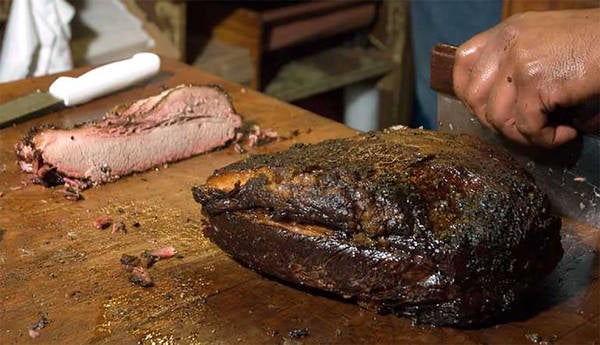
 1334 views
1334 viewsAuthentic Texas-Style Smoked BBQ Br...
amazingribs.com
4.8
(1.0k)
720 minutes
Your folders
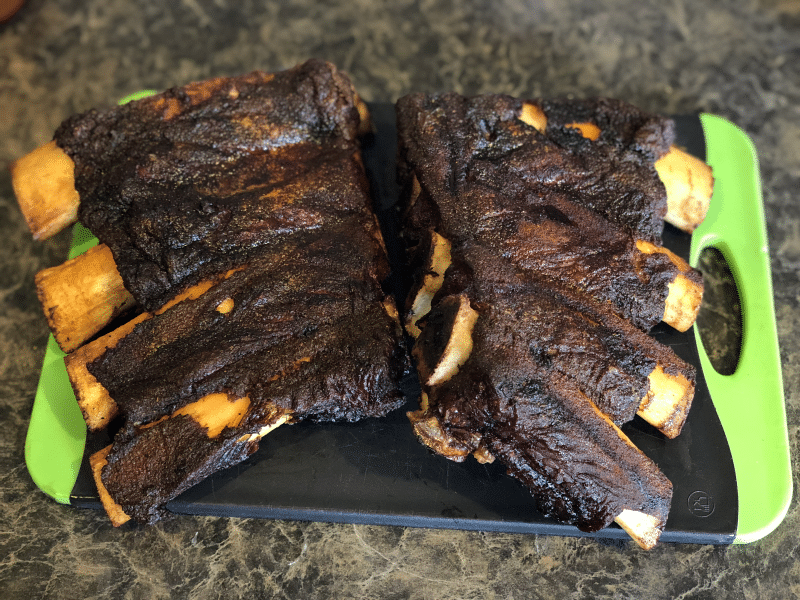
 294 views
294 viewsTraeger Smoked BBQ Beef Ribs
pelletsmoker.net
4.3
(24)
208 minutes
Your folders

 426 views
426 viewsTexas Barbecue-style smoked beef ba...
jesspryles.com
Your folders

 412 views
412 viewsTexas-Style BBQ Beef Brisket Sandwi...
myfoodandfamily.com
10 hours
Your folders
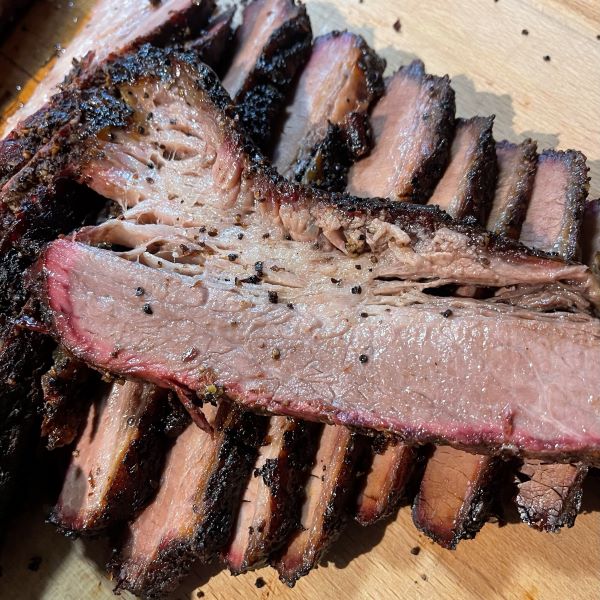
 306 views
306 viewsTexas Style Smoked Brisket Recipe
joshscookhouse.com
5.0
(12)
840 minutes
Your folders
 125 views
125 viewsTexas Style Smoked Brisket Recipe
joshscookhouse.com
Your folders
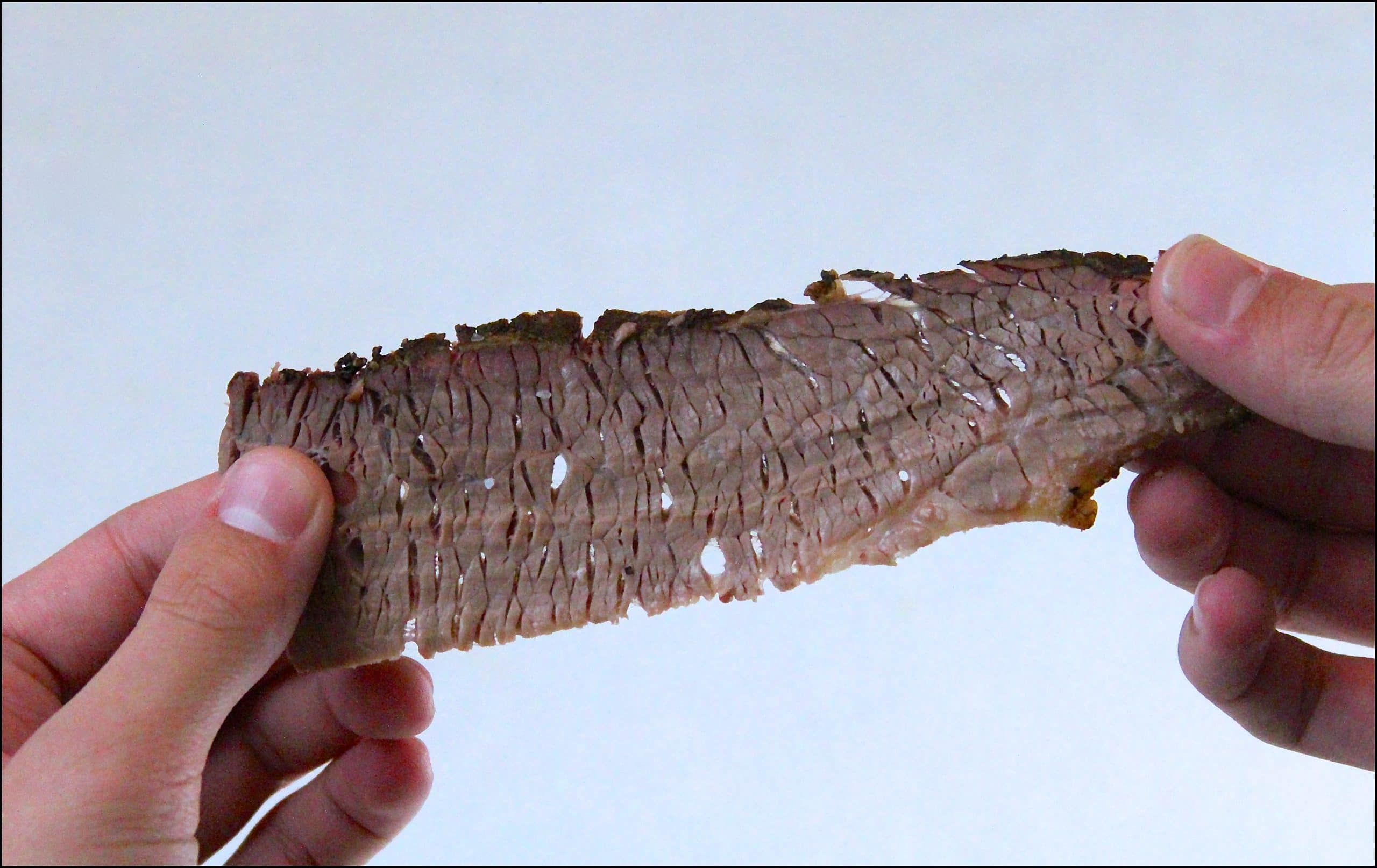
 584 views
584 viewsSous Vide And Smoked Texas-Style BB...
amazingribs.com
4.3
(145)
60 minutes